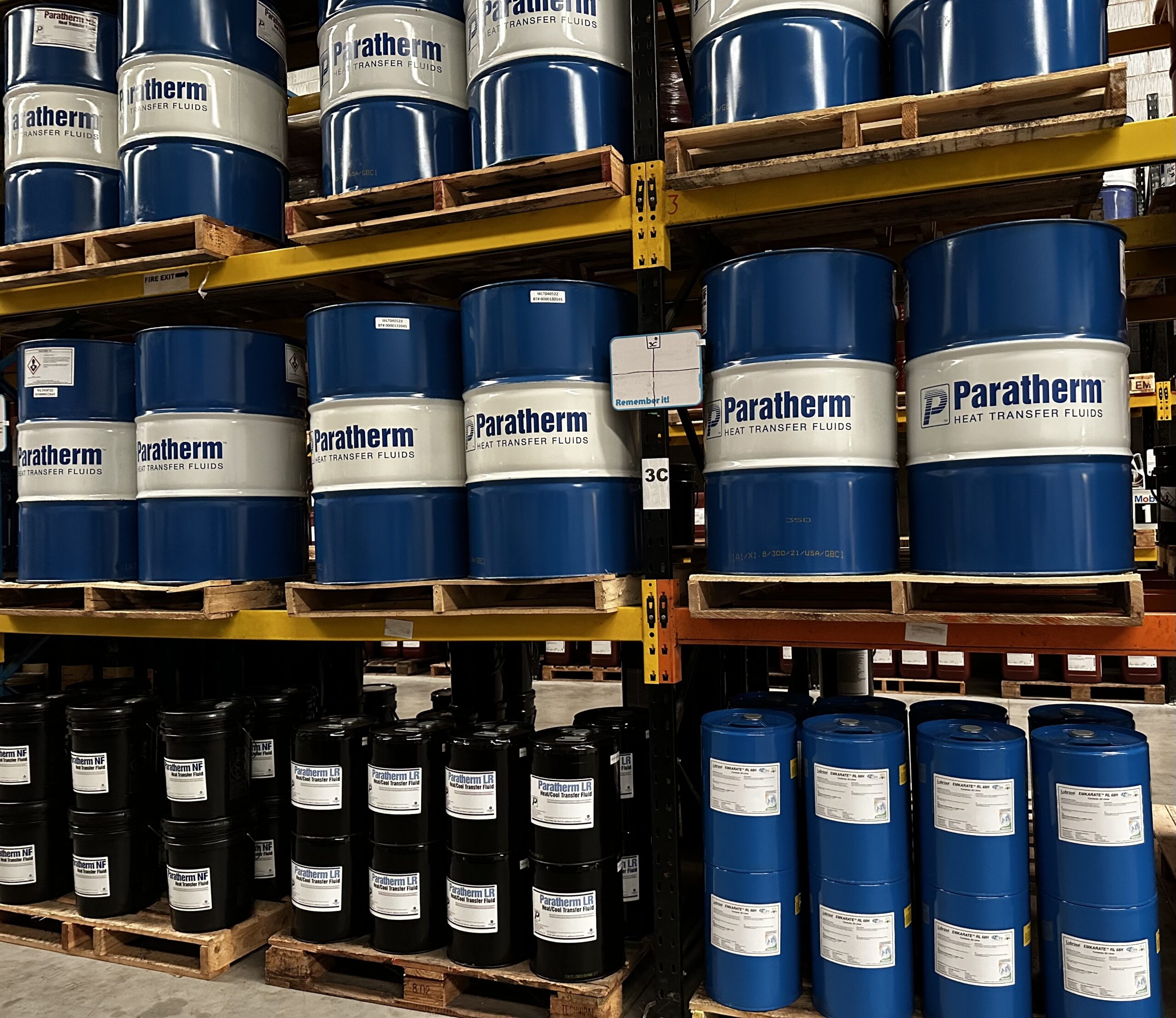Why Normal Upkeep of Heat Transfer Fluid is Vital for System Longevity
How Warm Transfer Fluid Adds To Lasting and Cost-efficient Procedures
In the modern industrial landscape, the duty of warmth transfer fluids (HTFs) in promoting sustainable and inexpensive operations can not be overemphasized. These liquids are essential in maximizing thermal monitoring systems, thereby considerably improving power effectiveness and minimizing operational prices. heat transfer fluid. The ecological advantages of advanced HTFs, with their high thermal stability and low poisoning, are undeniable.
Understanding Warm Transfer Liquids
In the realm of thermal monitoring, warm transfer liquids (HTFs) offer as essential agents for transferring thermal power from one location to another. These fluids play a pivotal role in numerous commercial applications, including chemical processing, power generation, and Heating and cooling systems.
The make-up of warmth transfer fluids can differ dramatically, consisting of options such as mineral oils, artificial oils, glycols, and molten salts. Each kind supplies distinctive benefits, such as improved thermal stability, low viscosity, and high boiling points, which are selected based upon certain functional demands. The option of HTF impacts not only the effectiveness of warm transfer however also the durability and security of the system in which it is employed.
As industries continue to innovate, the growth of innovative HTFs, characterized by their enhanced thermal conductivity and lowered ecological effect, is essential for satisfying the demands of modern thermal administration challenges.

Enhancing Energy Performance

Improving energy efficiency has come to be a critical concern across various industries, triggering a more detailed assessment of warm transfer liquids' role in optimizing thermal management systems. These fluids are important to keeping the desired temperature level in procedures, thereby reducing power waste and enhancing general system effectiveness. By choosing an appropriate warm transfer liquid, industries can substantially improve their energy performance, resulting in reduced power consumption.

Advanced formulas of warmth transfer liquids have actually been created to hold up against severe temperature levels while maintaining security and effectiveness. Enhancing power effectiveness through ideal warmth transfer fluid option is not only a technological requirement however likewise an ecological essential.
Minimizing Operational Costs
Functional expenses are a substantial consideration for sectors seeking to keep competitive benefit, and the selection of warm transfer fluid plays a vital duty in expense management. Selecting a proper heat transfer fluid can cause significant cost savings by improving system effectiveness and minimizing energy usage. High-performance liquids lessen thermal destruction, which consequently minimizes the frequency of liquid substitute and downtime related to maintenance, thus lowering functional expenditures.
In addition, heat transfer liquids with remarkable thermal security and deterioration resistance extend the life expectancy of devices. This minimizes the demand for constant repair work and substitutes, which can be expensive and turbulent to operations. By buying premium fluids, markets can accomplish lasting decreases in upkeep costs and improve the reliability of their systems.
Furthermore, advanced warmth transfer fluids commonly display lower viscosity at operating temperature levels, which improves pump efficiency and lowers energy usage in fluid Get More Information circulation. This optimization of power intake straight translates into lowered operational expenses. Furthermore, numerous modern warmth transfer fluids are engineered to operate efficiently over a large temperature range, decreasing the demand for multiple liquid kinds, therefore improving inventory needs and reducing connected prices. These aspects jointly add to even more lasting and cost-effective operations.
Ecological Effect Reduction
The push towards minimizing environmental effect has actually gained momentum in industries leveraging warm transfer liquids. Firms are significantly acknowledging the importance of decreasing eco-friendly footprints by adopting lasting practices. Heat transfer liquids (HTFs) play a critical role in this transition, offering opportunities to improve energy effectiveness and decrease emissions. By choosing HTFs with high thermal stability and low toxicity, markets can guarantee minimal leak and deterioration, thus decreasing harmful ecological releases.
In addition, the usage of innovative warm transfer liquids adds to better system performance, decreasing the overall power usage. This decrease not just results in expense financial savings however additionally decreases co2 emissions, assisting in the battle against environment change. Liquids that are naturally degradable and recyclable even more improve sustainability efforts, as they lessen waste and promote round economy practices.
Additionally, incorporating HTFs into closed-loop systems protects against fluid loss and contamination of the surrounding environment. This technique ensures that fluids are reused, decreasing the demand for new sources and restricting waste generation. By welcoming these eco mindful methods, sectors can considerably diminish their environmental impact while maintaining high operational effectiveness, straightening with international sustainability goals and regulatory requirements.
Choosing the Right HTF
Picking the suitable heat transfer fluid (HTF) is a vital step in advancing environmental sustainability within commercial procedures - heat transfer fluid. A suitable HTF ought to possess a high thermal capability, low thickness, and high thermal go to website conductivity to guarantee efficient warmth transfer.
When selecting an HTF, it is necessary to consider its compatibility with system materials to stay clear of rust and chain reaction. This ensures long life and minimizes maintenance costs. The liquid needs to be safe and eco-friendly, lessening its eco-friendly footprint and making certain conformity with ecological laws. The lifecycle expense of the HTF, including acquisition, operation, and disposal, ought to additionally be evaluated to guarantee economic usefulness.
Verdict
